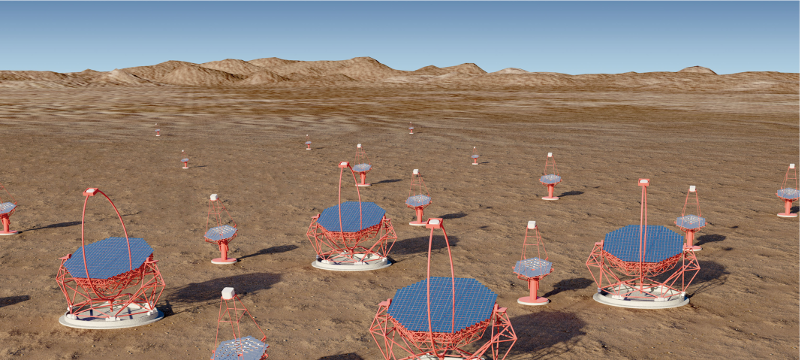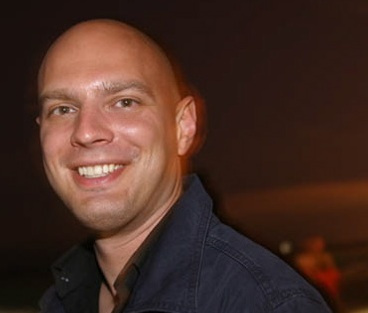Research Interests
 A piece of the HESS Galactic
Plane Survey, showing a variety of VHE
gamma-ray sources seen along the plane of Milky Way
A piece of the HESS Galactic
Plane Survey, showing a variety of VHE
gamma-ray sources seen along the plane of Milky Way
I specialize in the study of galactic sources of very-high-energy (VHE) gamma rays: photons of light with energies up to hundreds of TeV. Observations of the galaxy at these energies allows us to search for the (as yet unknown) origin of the high-energy cosmic ray particles that are detected on Earth, as well as to understand the physics of shock-acceleration of particles in general. I'm particularly interested in gamma-ray supernova remnants, and related pulsar-wind nebulae, as well as accretion processes around our Galactic central super-massive black hole, Sgr A*.
Projects
 The HESS Array in
Namibia
The HESS Array in
Namibia
HESS
I am involved in both data analysis and the daily operation of the HESS telescope array. HESS (the High-Energy Stereoscopic System) is an array of 5 imaging atmospheric Cherenkov telescopes located in the highlands of Namibia to the south of the city of Windhoek. Each telescope is composed of a large optical mirror made of smaller mirror facets, which focus light into a sensitive camera that can take images on nanosecond timescales. Earth's atmosphere is used as part of the detector: the telescopes image the faint flashes of light that are created by showers of secondary particles that are created when a gamma ray slams into the stratosphere. From these images we can reconstruct the origin and energy of each individual gamma ray photon, and over time build an image of the high-energy sky. Learn more about how HESS works on the HESS website, and see the video below (from a CNN report) to see it in action. HESS is operated by an international collaboration, with over 200 members from over 12 countries.
Apart from analyzing and interpreting HESS science data, I am also the chair of the HESS Observation Committee, which is responsible for planning which targets the telescope will look at throughout the year, and I maintain the online analysis and summary software as well as parts of the data analysis software package HAP.
CTA:
The Cherenkov Telescope Array (CTA) will be the next-generation gamma-ray telescope array, with a sensitivity that is 10x that of existing arrays like HESS or VERITAS in the core energy range. CTA is currently in the preparatory phase, and prototypes for the telescopes, cameras, and software are currently underway. When fully constructed, CTA will consist of more than 100 Cherenkov telescopes, and will have an array in both the southern and northern hemispheres, providing full coverage of the sky.
 Artist's rendition of the
future Cherenkov Telescope Array, CTA
Artist's rendition of the
future Cherenkov Telescope Array, CTA
I am involved in the development of this next-generation array mostly through the data-management sub-project, and am currently in charge of the software for the CTA data-reduction pipelines. The data from CTA will be orders of magnitude larger than for existing instruments, and will be in the realm of "big science data", similar to the LHC. I am interested in exploring new technologies and algorithms for data analysis.




